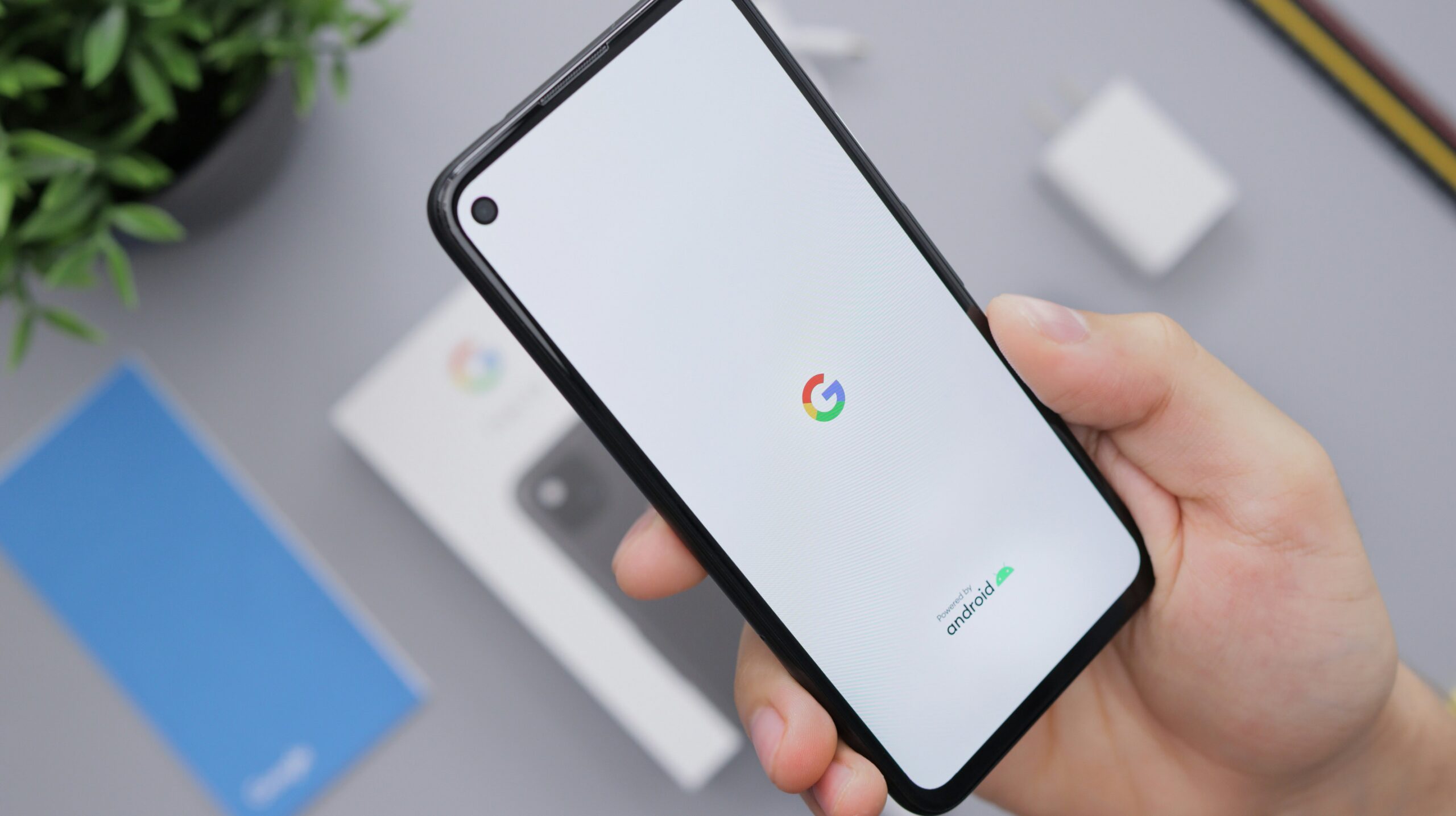
The launch of Beta means it’s time to upgrade for those who love to try new versions of the system. After updating to the Android 15 Beta released by Google on April 11, you’ll be wondering the same thing you did last year – how much has changed in Android 15 compared to Android 14?
Native Android Supports CJK Variable Fonts
The first major update to Android 15 Beta, hidden behind a barely changed UI, is variable font weight support for users in the Chinese, Japanese, and Korean (CJK) regions.
In the official changelog, Google only mentions the character alignment change. Simply put, Chinese, Japanese, and Korean text languages will be able to use JUSTIFICATION_MODE_INTER_CHARACTER, a new character spacing adjustment method, to align text at both ends in Android 15. Google has also made no secret of the fact that this change solves a problem introduced in Android O seven years ago. JUSTIFICATION_MODE_INTER_WORD was introduced in Android O 7 years ago, but it doesn’t work for CJK text.
What the official changelog doesn’t mention is the variable character weight support for the CJK language. Japanese engineer @ttuusskk, who is in charge of Android’s text module and is probably one of the people behind this change, confirmed the change on X at the first opportunity. That’s why many users will always feel that “the font seems to have gotten thicker” even if they don’t notice the change at first after the upgrade.
Variable font weight is not new to the Chinese customization system, Xiaomi’s Lanting Pro, Huawei’s HarmonyOS are able to flexibly adjust the font thickness, but this feature in Samsung, Google and other non-local smoke and mirrors big manufacturers here but long unappreciated, for example, Google this side of the lock screen fonts in Android 12 to join the follow the AoD, the lock screen changes the Variable fonts in Android 12 for the lock screen, but only for English and numbers, which leads to Chinese users in the use of Chinese characters on the lock screen can not be like other text with automatic changes in the “breathing” effect. Samsung’s side is also similar, One UI 6 added a new One UI Sans font, but as a Korean company directly ignored CJK users, resulting in Chinese fonts are still only two characters heavy.
Native Android’s support for variable font weights means that not only can Android fundamentally solve the problems of blurring and sticking strokes caused by mechanical rendering of bold fonts, but developers can also benefit from it, bringing apps a clear display of bold fonts with distinct thicknesses and layers. So in Android 15, in addition to better bold effects in the system interface, some text rendering standardized apps (such as Apple Music) can also get a glance of the bold display effect improvement.
You can see the results of Android 15’s variable character weight support in Chinese and English on this character weight test page, and you can also check it out on other systems. Overall, CJK variable font weights have made a historic first step in Android 15, and as long as some system interface rendering issues are resolved, vendors that aren’t as rich as Xiaomi or Huawei and can’t afford to develop branded fonts with variable weights will be able to get a good font update directly through the AOSP.
Fix the Full-screen Problem in the Bottom Bar
Android has a full-screen problem. To put it simply, Android manufacturers that have been pursuing the ultimate screen-to-body ratio over the years have been dragged down by the lack of design guidance and specification implementation of native Android, so that at a time when “small white bar” navigation is prevalent and the under-screen camera is nearly insensitive, some Android apps will still tuck in a black navigation bar background below the bottom bar after opening.
In Google’s words, this is considered to be the app’s “edge-to-edge” adaptation is not in place, and whether it is Google or major manufacturers, has also introduced several solutions, but basically they are ‘just covering’ the issue but not the root cause of the problem, and occasionally the problem still appears.
So after Android 14 had the “force navigation bar transparency” switch built into the developer options, Google decided to take it a step further in Android 15 by making all apps developed for Android 15 (i.e., targeting API level 35) load “edge-to-edge” by default – no developer adaptation required – without the need for developers to adapt. Android 15 finally gets it right when it comes to the basic features that define the full-screen content display experience. Considering the Google Play Store’s strict policy on apps in recent years, all new apps and app updates from Play Store merchants in August 2025 won’t be plagued by the ‘little black bar’ problem on Android 15 by default.
In April 2023, Google pushed a new feature to the Play Store to archive apps, which, when turned on in Settings > General in the Play Store, allows infrequently used apps to be automatically removed when storage space is low, and then the app icon and user data are saved so that as long as the app is still in the Play Store, the user can tap on the icon and get it back. As long as the app is still in the Play Store, users can click on the app icon to bring it back at any time. All personal data and permissions will be restored.
In Android 15, this feature is integrated into the system. In App Info, the Archive action is the new key app management button, along with Uninstall and Force Stop, and tapping Archive makes it possible to uninstall the app directly while preserving the app’s launcher icon and user data. The archived app icon will lose its theme icon style in the launcher, along with a re-download icon prompt on the icon. App archiving is a feature that’s highly dependent on the Google Play Store ecosystem – after all, only apps distributed in the Play Store as AABs support archiving, so apps that don’t originate from the Play Store are grayed out and inaccessible in Android 15.
In Conclusion
In addition to the above, Android 15 from the developer preview to the Beta version has also announced a number of scattered underlying updates, including compatibility support for folding screen devices with small external screens, interactive interface for satellite communications, file encryption and integrity verification based on the Linux kernel fs-verity features, support for virtual MIDI 2.0 devices, optimization of NFC features and a new default payment app settings interface, new and more powerful PdfRenderer API, and so on. The PdfRenderer API has been added, optimizing NFC functionality and providing a new default payment app settings interface, adding a more powerful and versatile PdfRenderer API, and more. There are also new features in the pipeline, including the integration of a new version of Privacy Sandbox and the per-app screen recording and HD WebCam features from the Android 14 beta, which have also appeared in the official changelog. When dual-open apps will go live, and whether there will be any visual interaction updates. We will have to wait until next month’s I/O conference, when the second Beta is unveiled, to find out.
Published by Tony Shepherd & last updated on April 14, 2024 12:05 pm











